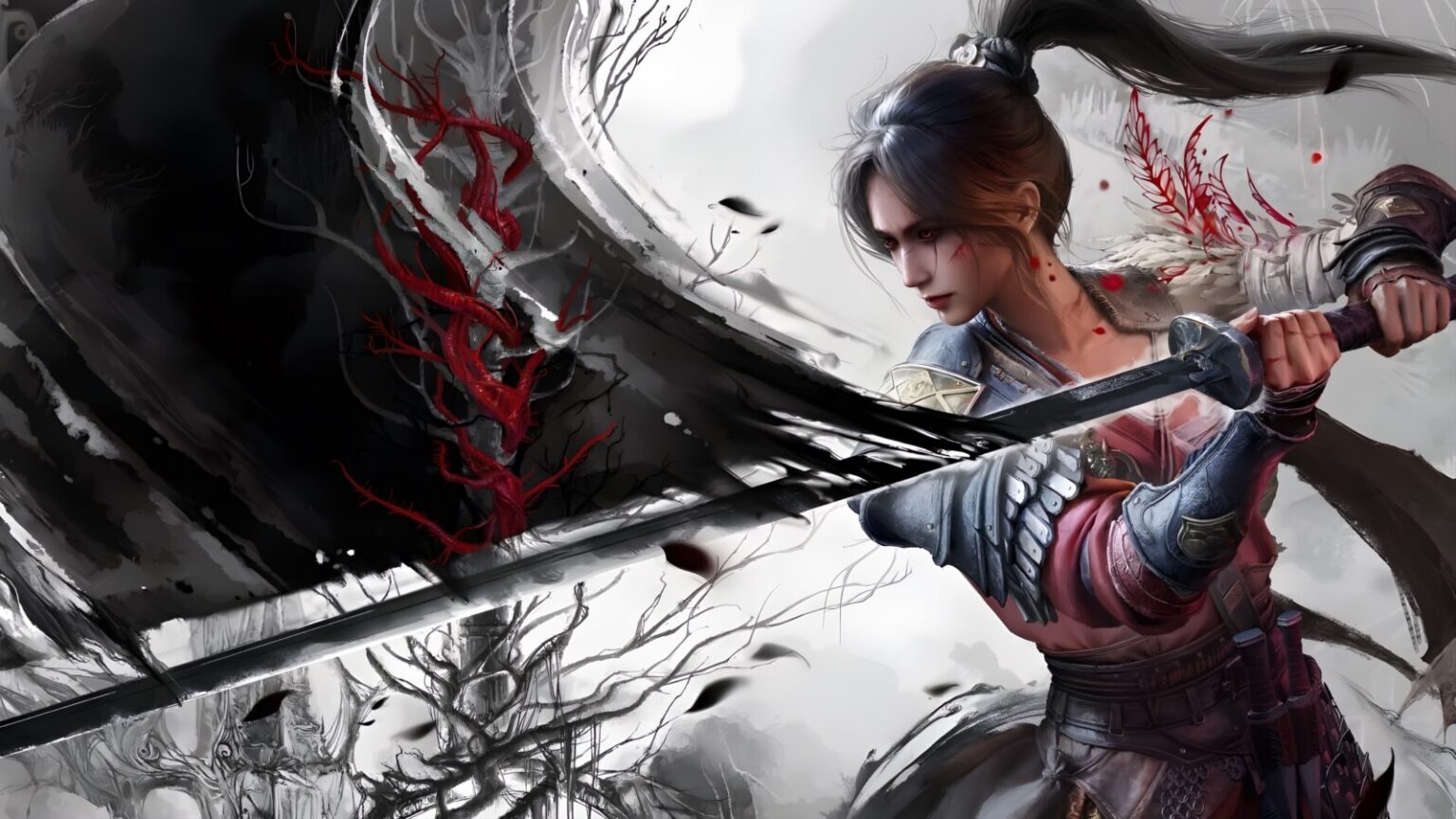TL;DR: Wuchang: Fallen Feathers is a fierce, imaginative, and flexible soulslike with jaw-dropping combat and deep customization options that make experimentation feel exhilarating. The lore fumbles hard in its storytelling, and some bosses are punishingly unbalanced, but its world and systems are strong enough to keep you obsessed through all 45 hours.
Wuchang: Fallen Feathers
ACT I: The Plague, The Parry, and the Pandemic of Bird People
Let me be upfront: Wuchang: Fallen Feathers is a mess. A brilliant, savage, beautifully baroque mess. It is one of those games that doesn’t so much welcome you as it abducts you—scooping you into its disease-ridden alternate history and whispering secrets you’ll only understand if you obsessively read item descriptions while crying softly.
Developed by Leenzee Games, this is their debut title, and they’ve come out swinging a cursed longsword wrapped in ancient regrets. Wuchang is unmistakably a soulslike, but it isn’t content to just bask in FromSoft’s shadow. It takes risks. Sometimes it lands a beautiful reverse sweep across your expectations, and other times it misses completely and knocks its own kneecap out of alignment.
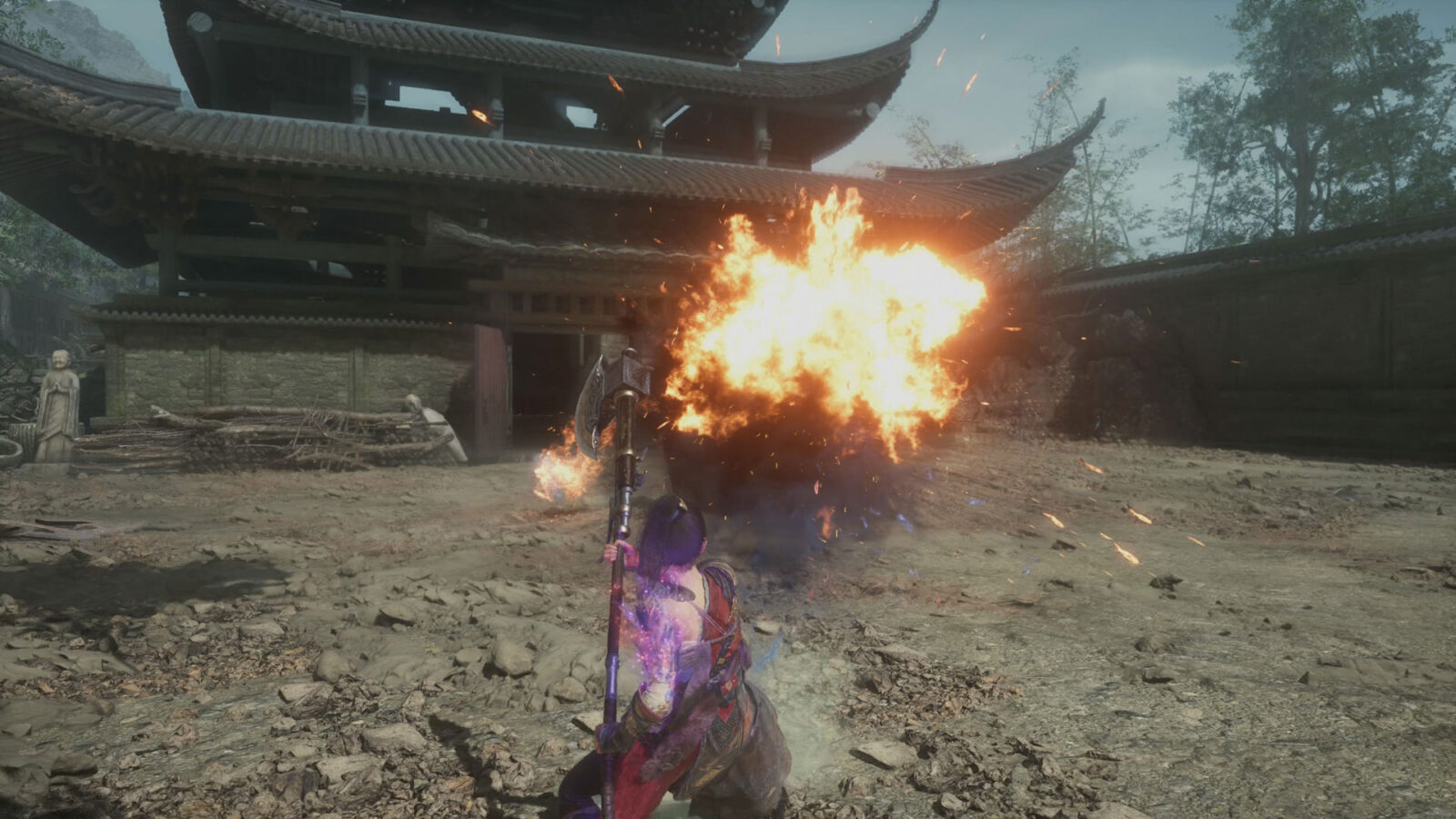
The game opens with your silent protagonist waking in a cave, afflicted with something called “The Feathering,” a grotesque disease that slowly turns people into bird monsters and wipes their memory like a corrupted Skyrim save. What begins as a personal journey to stave off your own transformation becomes a gothic odyssey across ancient Chinese landscapes swathed in plague, grief, and rot. And birds. So many birds.
But if you’re here for crystal-clear storytelling or memorable characters, you’re going to have a rough time. Wuchangtreats exposition like it’s an invasive species. Characters will appear, drop a cryptic sentence or two like they’re auditioning for a Lynch film, and then vanish for 10 hours. At hour 35, they’ll reappear mid-boss fight to whisper about the lost king of golden feathers and then vanish again. If you’re not glued to the lore tabs in your inventory screen, the plot is basically: You’re sick. Everyone else is sicker. Try not to become a bird.
ACT II: A Combat System Worth Catching the Plague For
So why did I sink nearly 50 hours into this plague-ridden fever dream and come out exhilarated rather than broken? Because Wuchang: Fallen Feathers has, without a doubt, one of the most flexible, satisfying combat systems I’ve touched since Sekiro.
Let me paint you a picture. You’re surrounded by malformed monks in a rotting shrine. They lurch with clawed limbs and twitching heads. You’re wielding a long sword set ablaze by Infernal Firebrand. You parry one attacker, dodge another with a frame-perfect step, then switch mid-combo to a polearm that lets you leap backward and charge Skyborn Might. In seconds, you’ve chain-reacted your way through the chaos, dancing through death like a goddamn plagueborne ballerina.
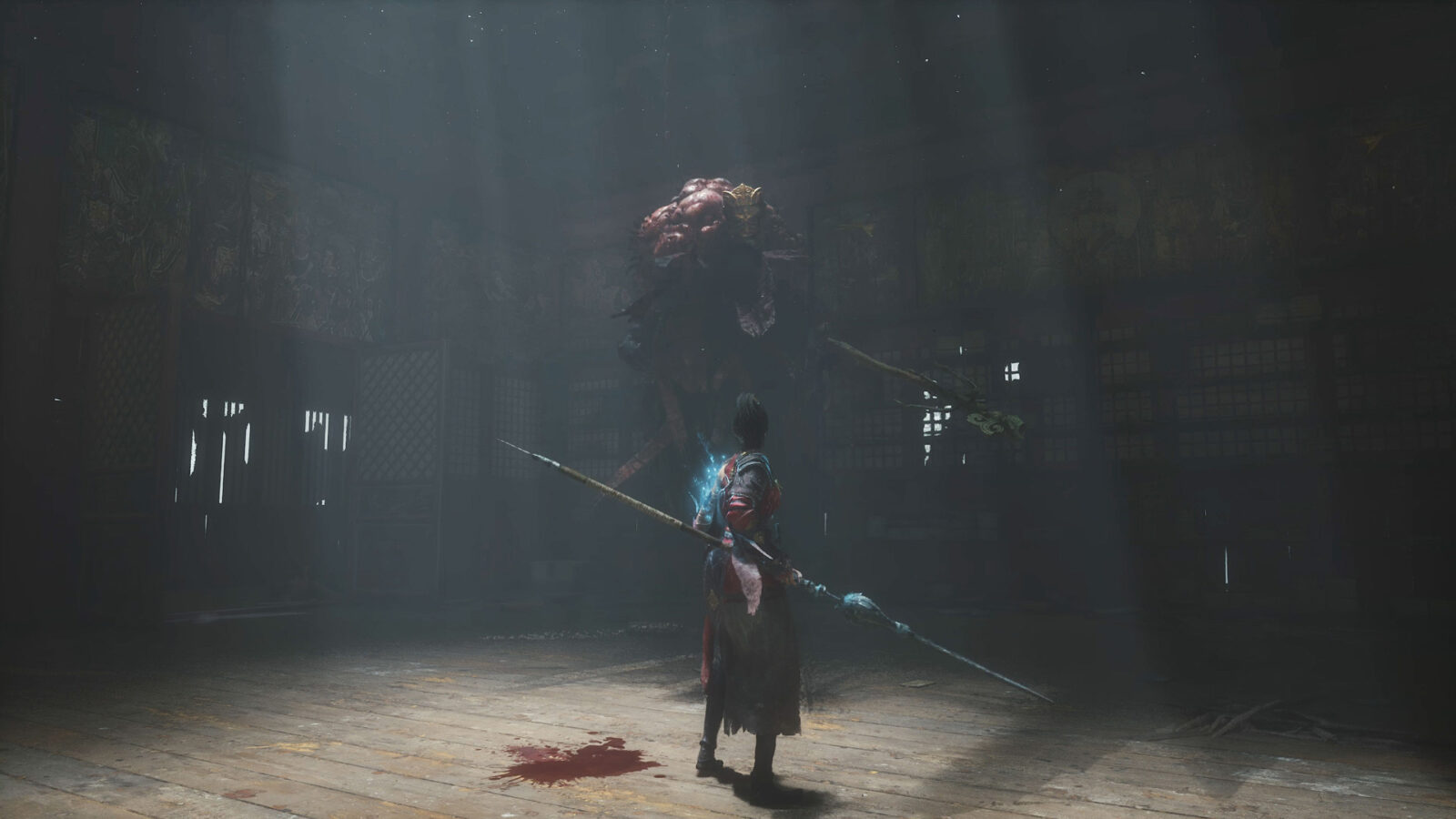
The synergy between weapon skills and Discipline abilities is what elevates Wuchang beyond most soulslikes. It isn’t just about upgrading your stats; it’s about crafting a rhythm, a battle symphony where every instrument is deadly. Some weapons build fire, others manipulate enemy poise, while others reward precision with burst damage. Skyborn Might, the game’s unique meter, fuels devastating techniques and requires perfectly timed dodges or combos to charge. You’re not just hitting things; you’re choreographing destruction.
And the best part? Respecs are free. All of them. Want to rebuild your entire character halfway through the game just to try a flaming parasol or death-scythe hybrid? Go for it. This freedom encouraged me to experiment in ways I rarely do. I went from a tanky axe brute to a swift dual-blade parry maestro without penalty.
ACT III: The Labyrinth Beckons
But it isn’t just the combat that deserves praise. Wuchang‘s world design is the kind of interlinked masterpiece we used to see in Dark Souls I or Bloodborne. It is terrifyingly vast, looping and folding in on itself like a cursed origami map. Every area is dripping with atmosphere: from a corrupted fishing village where fog creeps like a sentient being to a mountain temple infected by spectral fungi. Doors lead to shortcuts you didn’t know existed, and optional bosses hide behind illusions, broken statues, or fever dreams.
There’s a sequence I won’t spoil in detail, but suffice it to say it involves an enemy that builds a despair meter just by looking at you. You sprint through gauntlets of poison, hallucinations, and relentless hunters while desperately avoiding his gaze. It was one of the most stressful and innovative set-pieces I’ve played in years.
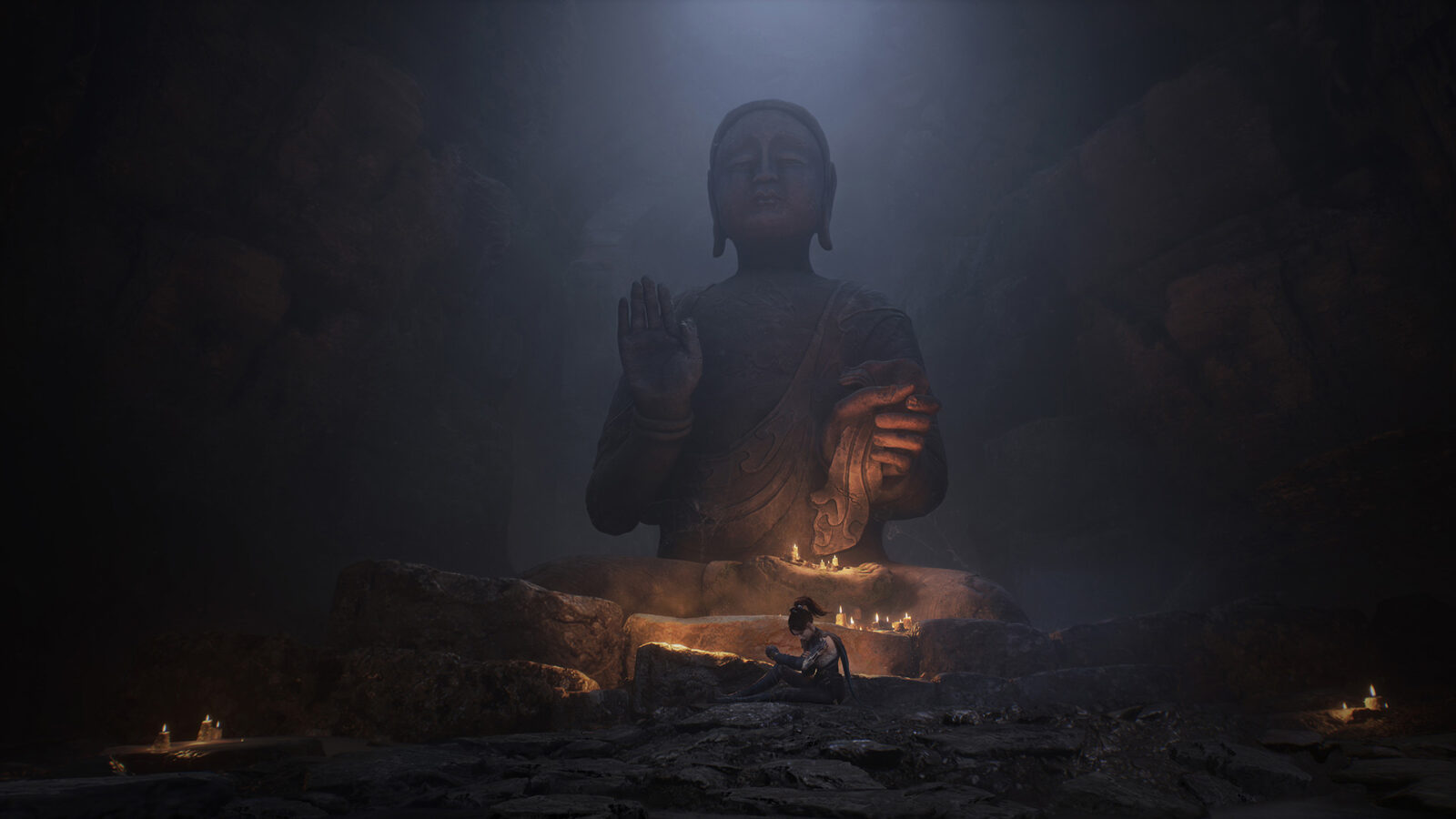
The environmental storytelling is strong, even when the narrative is not. You can see the transformation of the world in real time, as once vibrant villages become mutated hives of disease and madness. It’s haunting, oppressive, and weirdly beautiful.
ACT IV: Bosses from the Pits of Balance Hell
Now let’s talk bosses. Because oh boy. If there’s one thing that nearly shattered me emotionally, it’s the absolutely chaotic spike in difficulty.
The first third of the game is smooth sailing if you’re a soulslike veteran. You’re dodging, parrying, playing with builds, and feeling confident. And then comes Commander Honglan, a fight so punishing, so unfairly tight in its punish windows, I genuinely considered taking a week off to meditate.
It wasn’t just hard. It was obtuse. There was no posture system rewarding my perfect dodges like Sekiro, nor did I get feedback mid-fight that I was even making progress. The punishment-to-reward ratio was borked. Later bosses would occasionally return to this school of masochism, and while some were exhilarating, others felt like endurance tests rather than skill showcases.
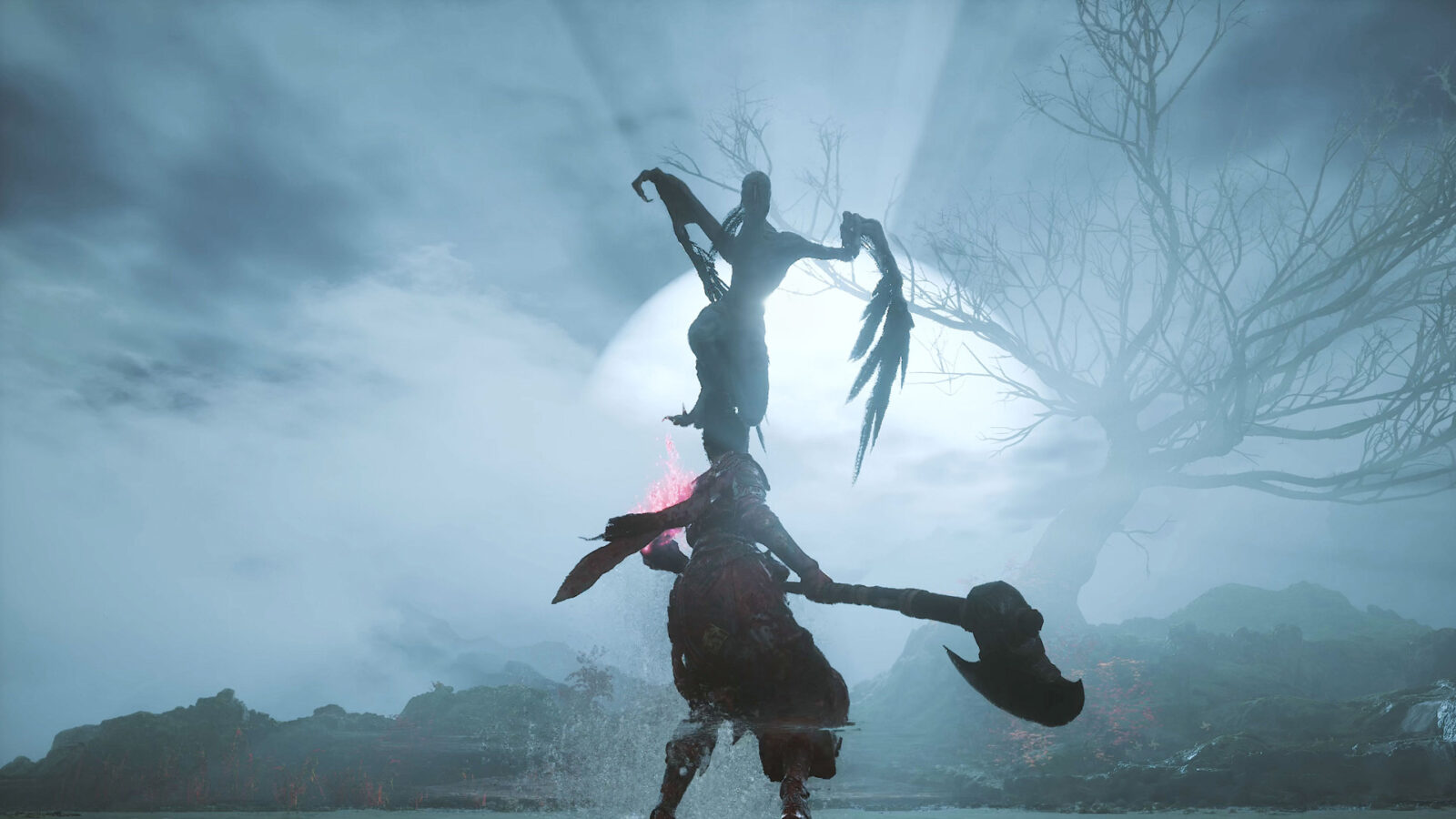
To be clear, I’m not asking for handholding. I loved the challenge of Khazan, and I spent two months git-gud-ing through Lies of P. But difficulty should feel earned, not forced through unfair design or inconsistent enemy patterns. When Wuchang gets it right, it’s sublime. When it doesn’t, it’s controller-snapping.
ACT V: The End of the Line (and Possibly the World)
Despite the late-game spikes and story weirdness, I never stopped exploring. I never stopped tweaking my build. I never stopped learning new skills and unlocking new nodes on that glorious skill grid. It’s huge. Like, Final Fantasy X Sphere Grid huge. It feels limitless. I was still opening new paths at the 40-hour mark.
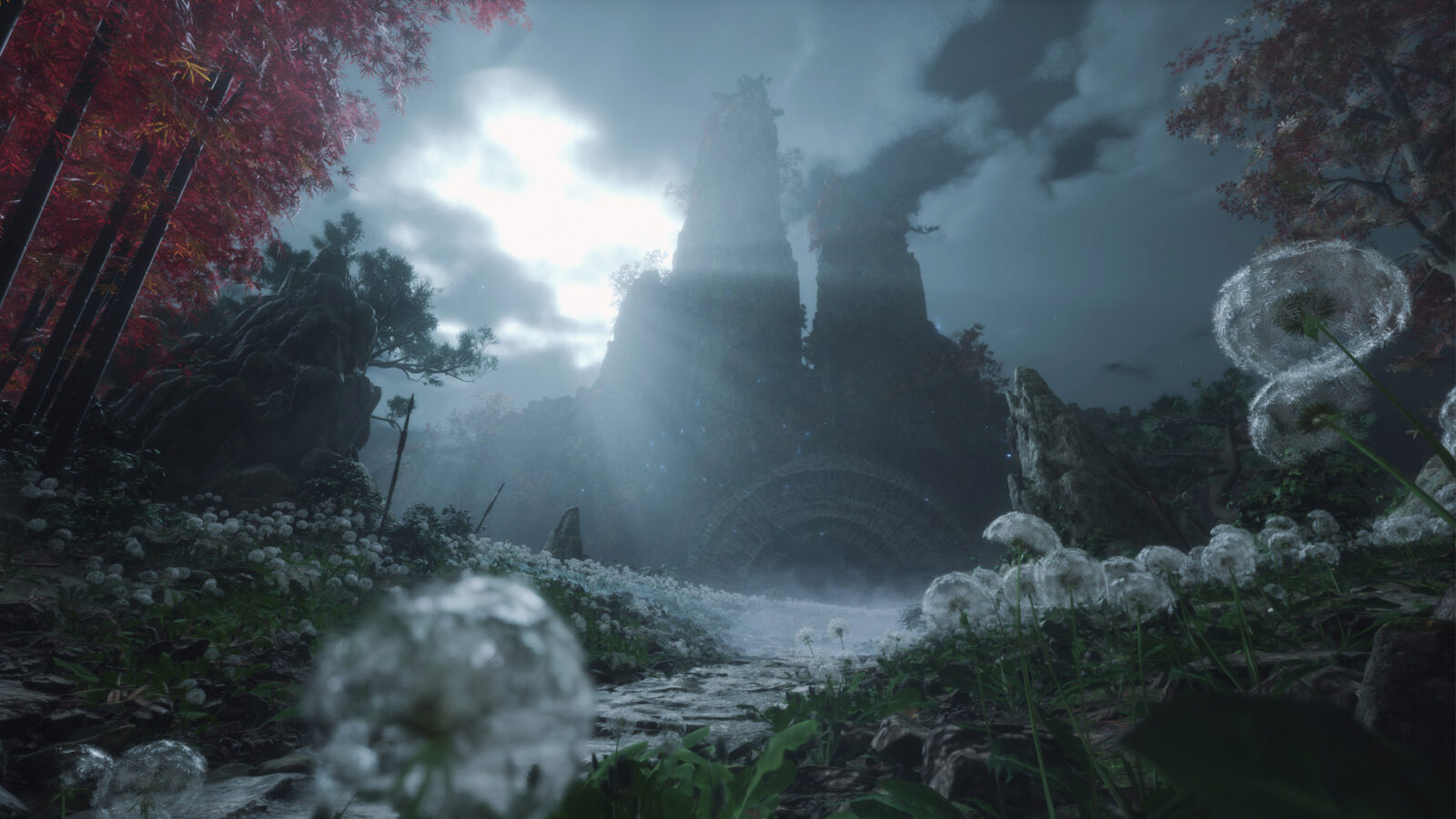
By the time I reached the final area, where reality itself was collapsing into grotesque nightmare geometry, I realized something: Wuchang isn’t about winning. It’s about the slow, intoxicating descent. The loss of memory. The embrace of monstrosity. It asks you to dance in the feathers, to accept your decay, and to master it.
When the credits rolled, I didn’t cheer. I sat in silence. Not out of disappointment, but contemplation. Wuchang: Fallen Feathers had infected me, too.
Final Verdict:
Wuchang: Fallen Feathers is a flawed masterpiece. Its story is scattershot and confusing, and some of its boss fights cross into the realm of absurd. But its combat, build system, world design, and sheer style are among the best in the genre. Leenzee Games has crafted something wildly ambitious and unmistakably their own. This isn’t just another soulslike. It’s a deeply weird, utterly captivating nightmare you won’t want to wake up from.

